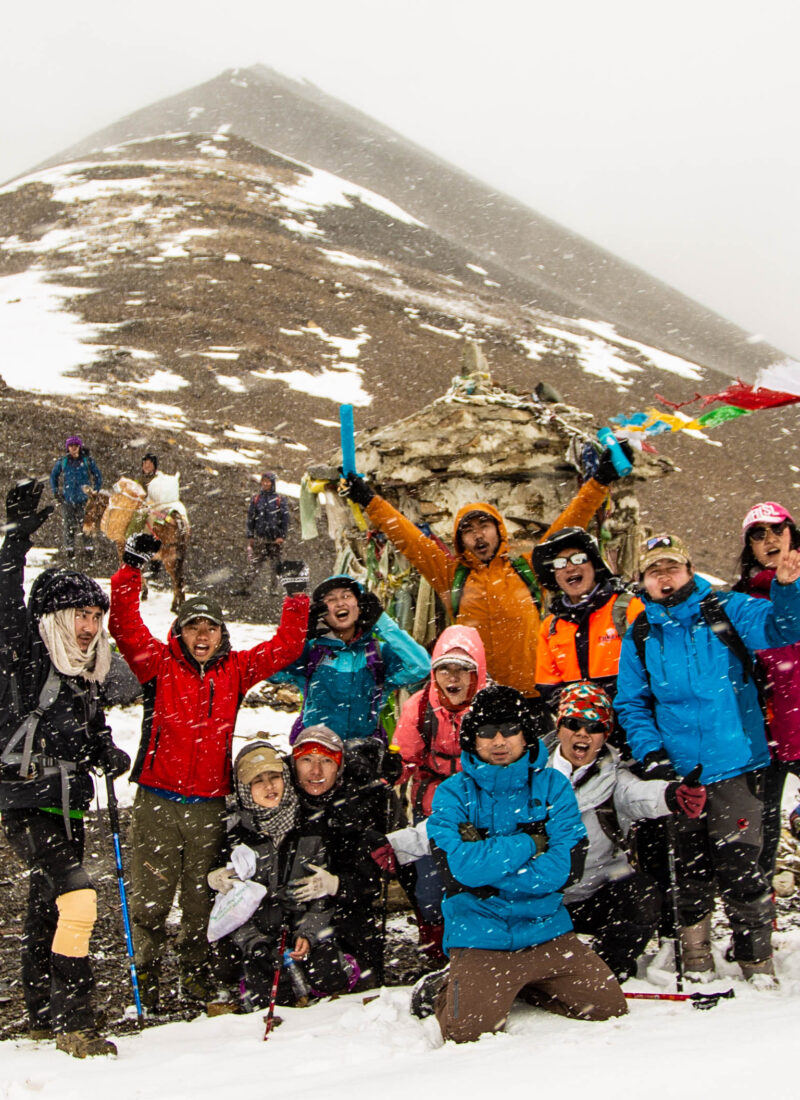Tour Overview
Druk Path Trek is one of the finest short treks in Bhutan. Leading through an ancient trading route, over high mountain passes, it connects the valleys of Paro and Thimphu. The trek begins by walking up through apple orchards and pine forest past ruined Jele Dzong (fortress), which sits on a high grassy ridge with breath-taking views of Mount Jumolhari to the north. In the next 4 days, we climb above the tree line and cross several passes, including the Phume La (4210m.). En route, we come across clear mountain lakes, number of yak herder’s camps and have splendid views of Himalaya along the Bhutan – Tibet border including Mount Jumolhari, Jichu Drake and Gangkar Puensum. Our final descent through pine and juniper forests via Phadjoding monastery would lead into Thimphu, the capital city of Bhutan.
Tour Highlights
- The trek starts from Ta Dzong and Damchena Village in Paro, runs on the mountains between Paro and Thimphu
- We cross two high passes: Simkota Tsho 4110m and Phume La Pass 4210m.
- The highest camp altitude is 4110m, Average walking distance 11 km and Average walking time 5 hours.
- Mountains seen are: Mount Jumolhari 7314m, Jichu Drake 6989m and Gangkar Puensum 7570m.
- Hike to mesmerizing Tiger’s Nest Monastery (3100m).
- Other attractions: Rhododendron forests, alpine yak pastures, trouts stocked high altitude lakes and great mountain views.
